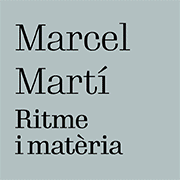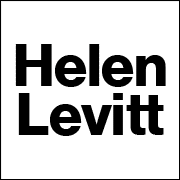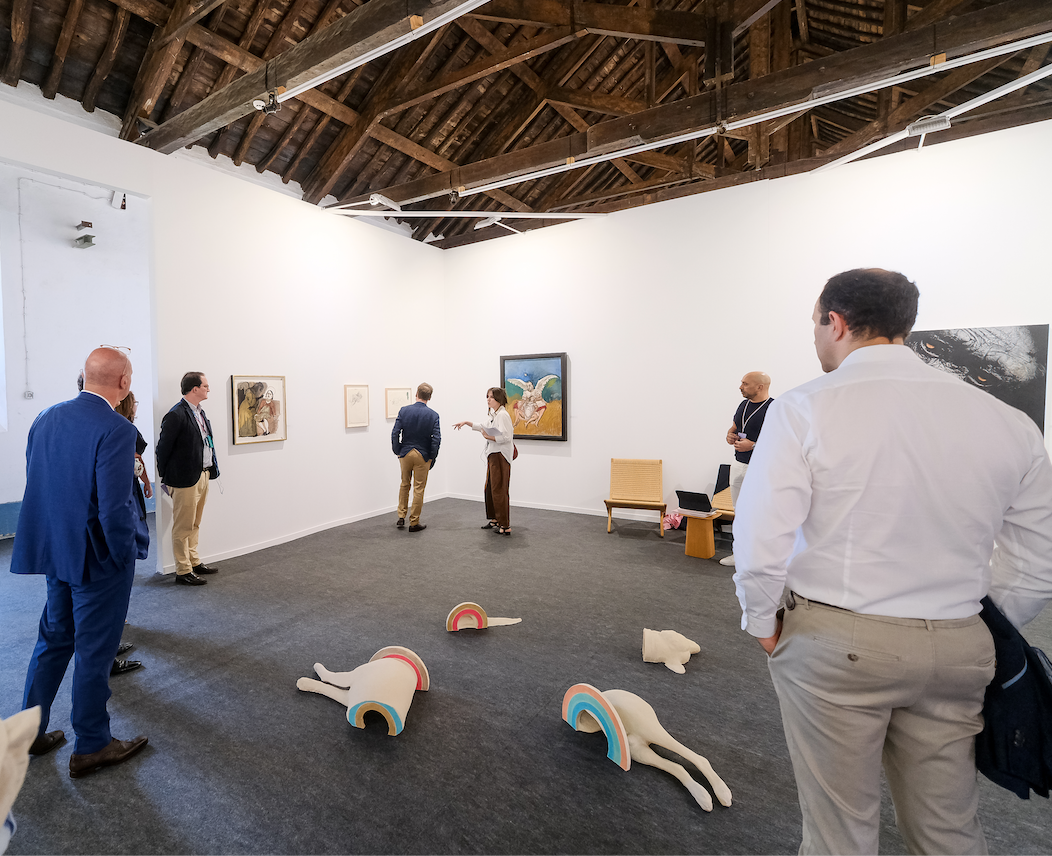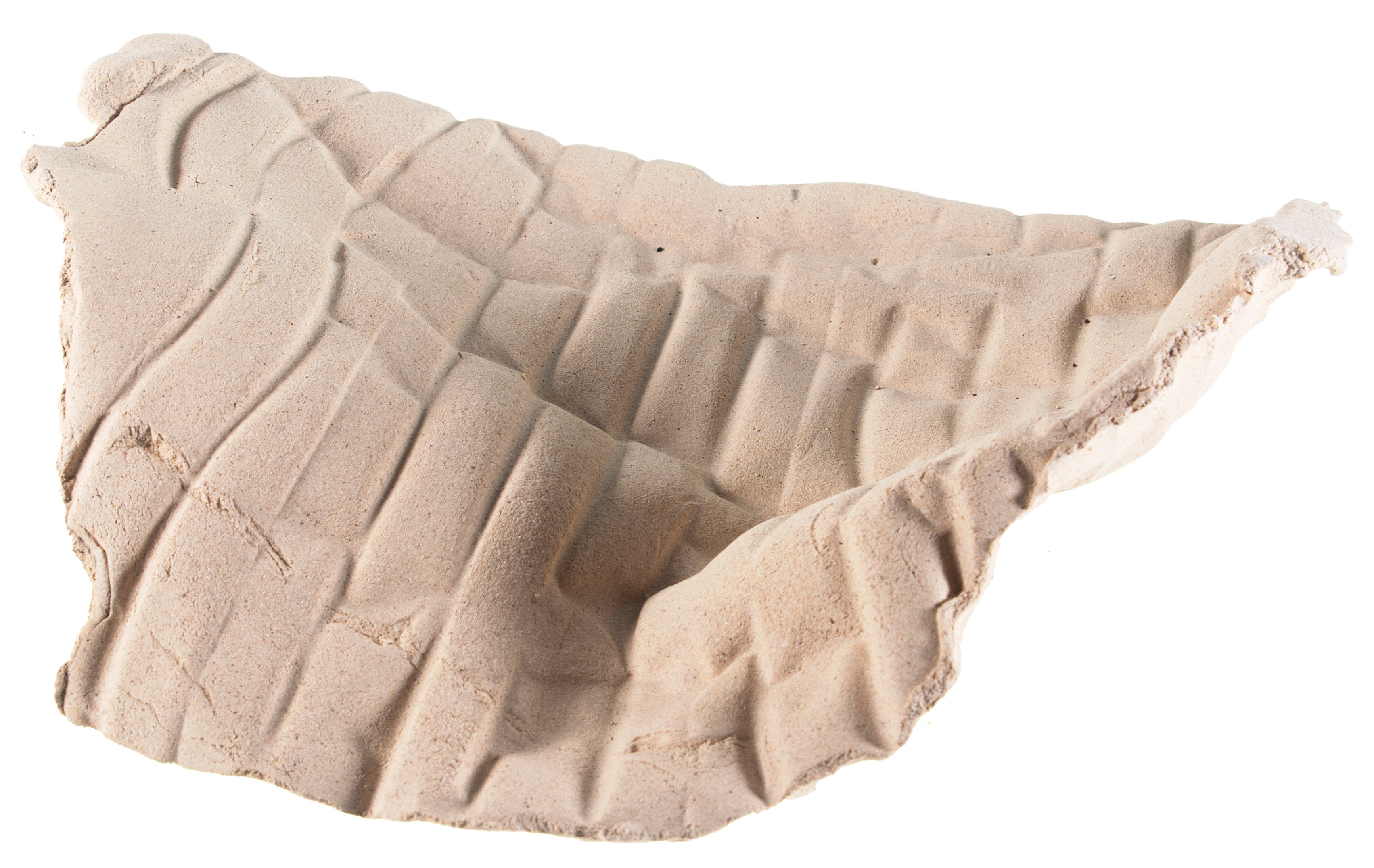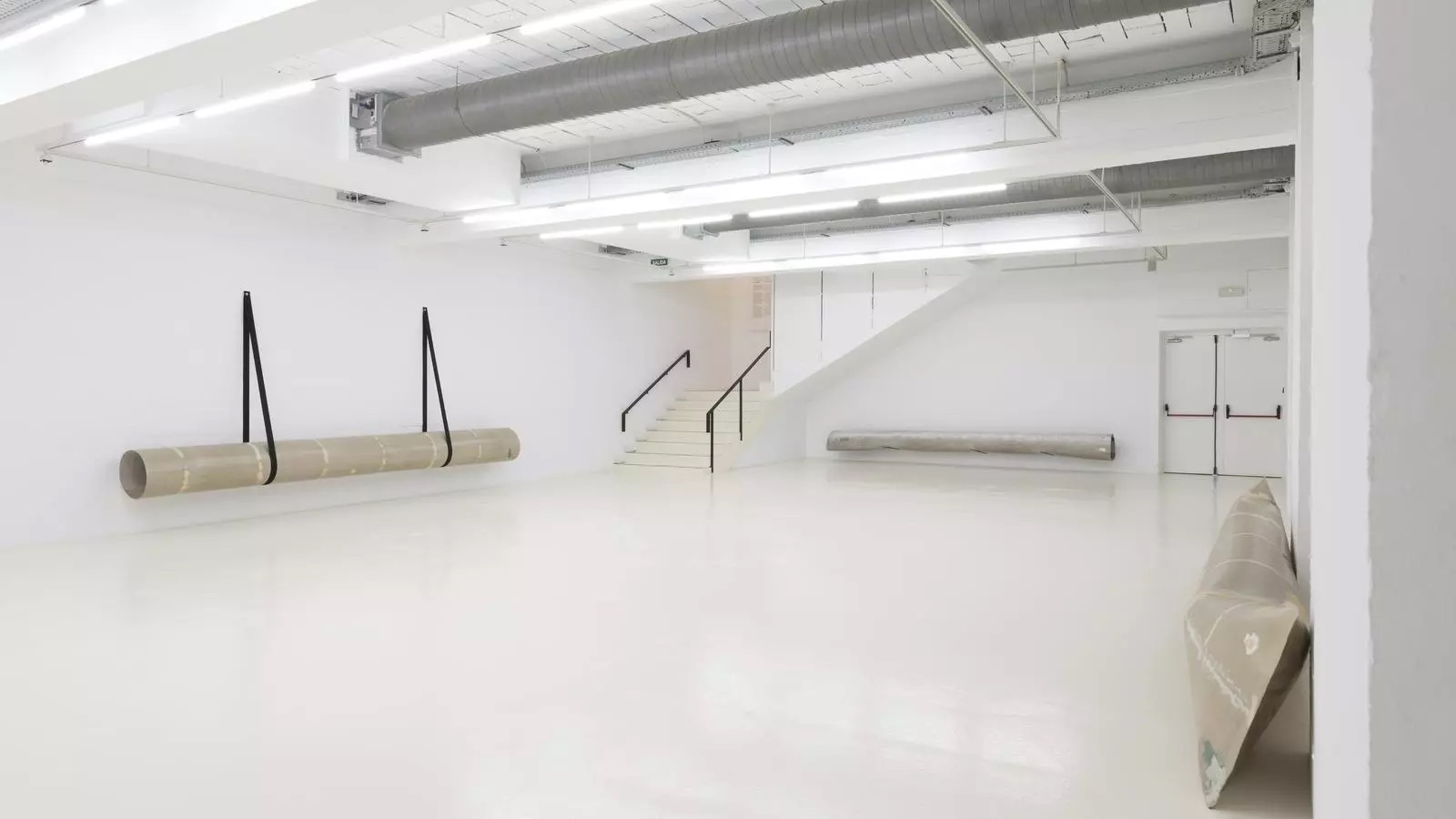Exhibitions
Sergi Aguilar: counterpoint
La Virreina hosts the first monographic exhibition of his photographic side.
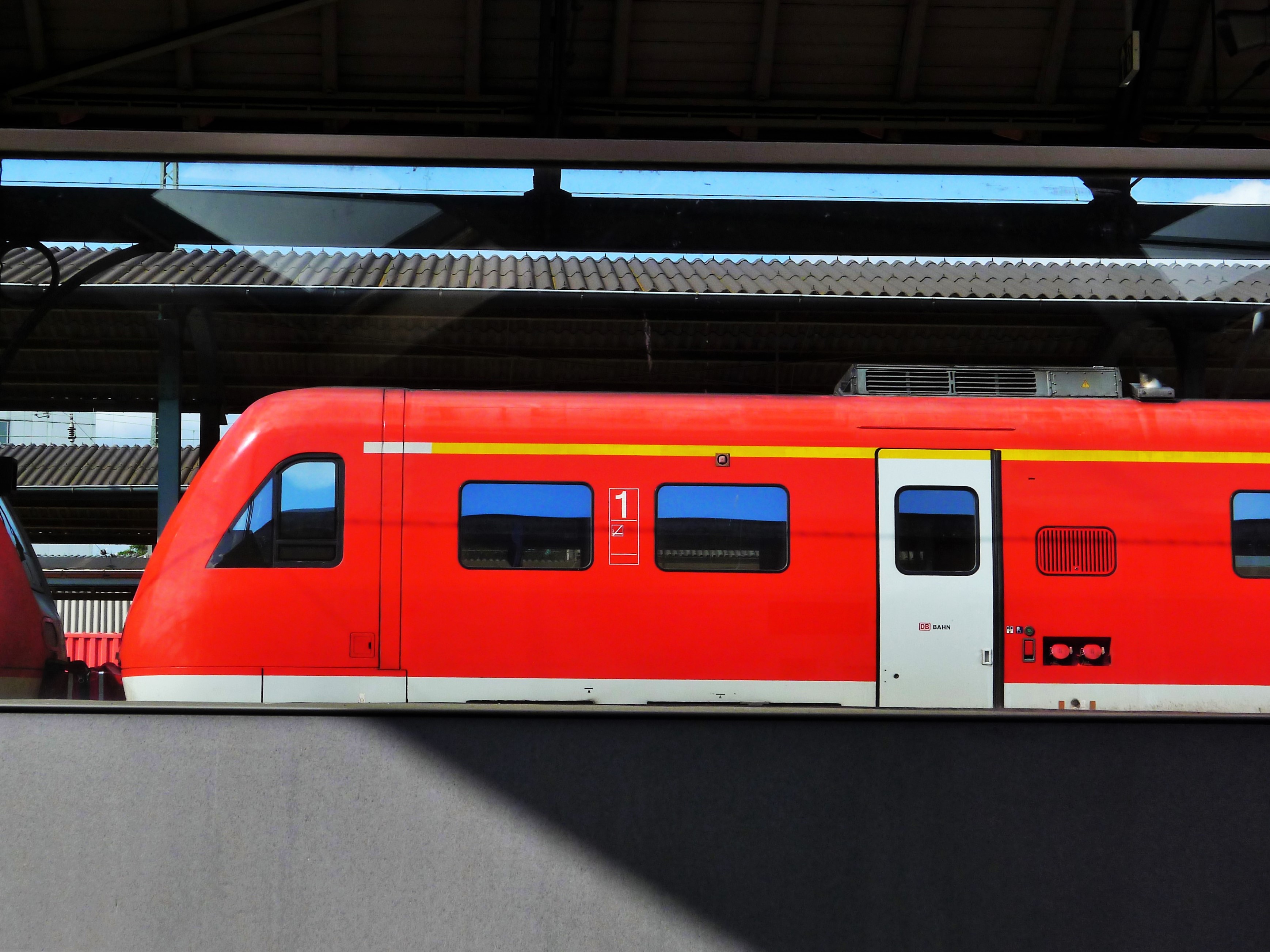
Sergi Aguilar (Barcelona, 1946) is known mainly for his work as a sculptor and cultural manager, but we didn't know much about his side as a photographer, although it is a discipline that he has cultivated since his artistic beginnings. Now we have the opportunity to discover a selection of images, which he has been making simultaneously with his sculptural production, at the Virreina Centre de la Imatge, under the title of Contrapunt.
It was precisely the director of the center and curator of the exhibition, Valentí Roma, who suggested that he carry it out, since he had been aware of his photographic archive collected during his travels around the world for some time, and upon seeing it, he found it interesting enough for the public to contemplate. He recently proposed the project to him again and now we have the result: an excellent exhibition through a hundred photographs of various formats related to travel and nature, mainly, in addition to a set of audiovisual pieces that serve to make us realize the sensitivity and fascination that the contemplation of “the emptiness in the landscape, the buildings understood from their most stripped-down volumes” awakens in him. Most of the photographs are in black and white, and have not undergone any type of manipulation.
 Desert d'Ubari, Líbia
Desert d'Ubari, Líbia
The title of the exhibition comes from the essay of the same name by the American writer Don de Lillo, considered a reference point in American literary postmodernism. His work is based on the essence of the creative phenomenon and the cost of assuming it in order to search for the aesthetic ideal. The oldest images correspond to 1972, during his stays in Menorca and Great Britain, preferably Scotland, captured with a second-hand Contarex camera that his father had given him. It was a time when he captured landscapes and architectures that, despite being different, had certain similarities; as the artist himself points out, "the photos began to be a kind of script... the negatives were gradually archived". Some of these photographs were exhibited in 1979 in a group show at the !3 gallery in Barcelona.
 Cambodia, 2005.
Cambodia, 2005.
During a stay in New York in 1981, he visited an urban cemetery in New Hampton, where he photographed a set of tombstones arranged linearly on an uneven terrain. There are several images from 2005, including some from the Libyan desert, specifically from Idehan, in the Fezzah region, which perfectly reflect the concept of horizon, or what is the same, of extension, where the presence of silence is very evident. The mounds that appear in the foreground are silent witnesses to the passage of time.
 East Hampton, 1981.
East Hampton, 1981.



